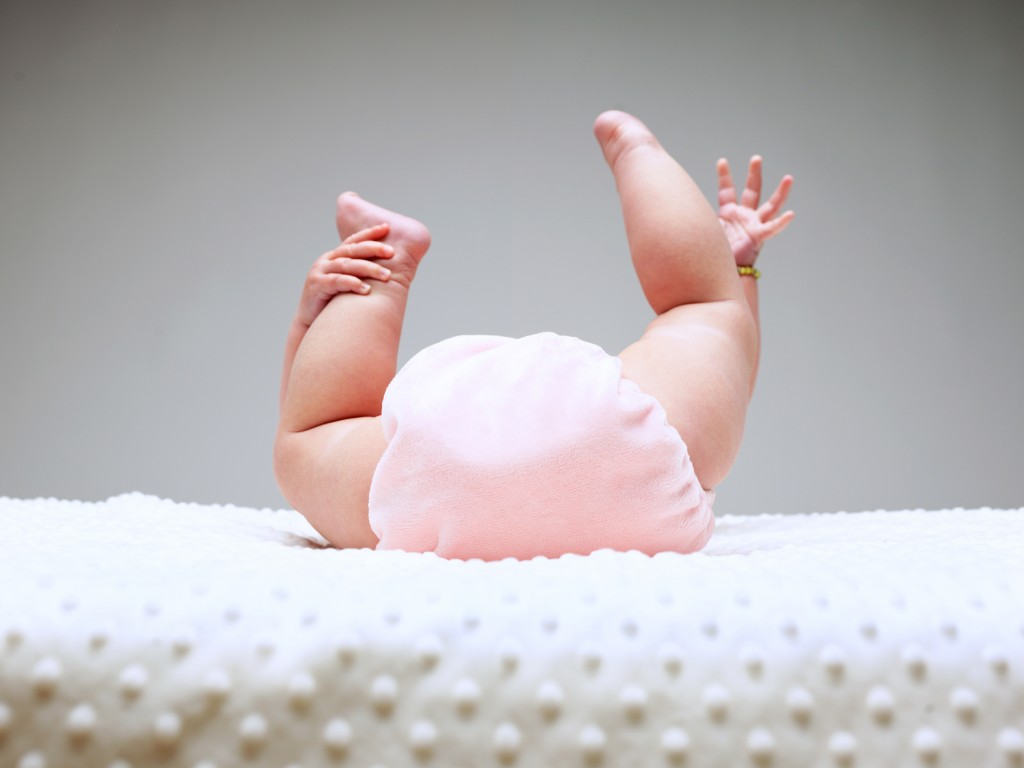
What colour should poop be?
Poop changes colour and consistency from the day that your baby is born up until they’re established on solids and then again at anytime depending on their diet and health. It can be scary to suddenly see that your child’s poop is red or green. So it’s really important to know what’s normal and when to see your doctor.
BLACK
The black or dark green sticky poop that newborn babies pass is called meconium and it’s entirely normal. It should be passed during the first 48 hours of life and then their poo starts to change colour or “transition”. If an older child’s poo turns black and sticky it can be from what they’re eating or iron supplements, but it may also indicate something more serious like gastrointestinal bleeding so it’s important to get this checked out.
GREEN
This is usually normal and is a reaction of what’s in your babies diet. For breastfed babies it can be from not having enough of the hindmilk or it may be from iron in formula. Sometimes it can also be from lactose intolerance especially if the poo is frothy or explosive. For older children it can simply be from eating green foods like spinach and kale or even food with artificial colorants.
YELLOW MUSTARD TO BROWN
This is the normal colour of poop. The exact shade and texture will vary a bit depending on a child’s age and what they’re eating. Young breastfed babies typically have yellow mustard colour poop that’s grainy. For formula fed babies, it’s usually a bit darker and more formed (like toothpaste). And when infants start solids, poop can really be any colour depending on what they are eating! It’s also important to note that when infants start solids you’ll start seeing bits of undigested food in their poop. This is normal and will decrease as chewing and digestion improves.
RED
Unless your child has recently eaten a lot of red foods like beetroot, this is abnormal. It often indicates blood in the poop. Bright red blood could indicate either a fissure (small tear at anus from constipation), haemorrhoids (unusual in children) or gut inflammation. Bright red blood in young infants makes me highly suspicious of a cow’s milk protein allergy.
FROTHY
Poop with bubbles in it usually means that your child has a form of lactose intolerance. This can be entirely normal in breastfed babies especially if you’ve a good supply and your baby fills up on your foremilk. But it can also indicate a proper lactase deficiency.
MUCOUS
If a child has a snotty nose they can get mucous in their poo simply from swallowing the snot! Some babies also get slimy poop when they’re teething. But if your child isn’t snotty or teething, it may mean they’ve an inflamed gut. In young infants this is often associated with cows milk protein allergy but in older children it can mean infection or inflammatory bowel disease. So it’s safest to see your doctor.
PALE GREY OR WHITE
Another colour that is important for you to talk to your doctor about is a pale grey or while chalky poop. This is abnormal and can indicate malabsorption or liver disease.
WATERY
Multiple watery poos are most commonly from infective diarrhoea, a food allergy or a food intolerance. It can also be from malabsorption. It’s a good idea to see your healthcare provider especially if they’re young or have any other symptoms.
Take home tips:
Normal poop can be a variety of colours
Diet is the most common cause of a change in colour
See your doctor if your child’s poop is pale grey, white, red (blood) or has mucous in it.
See your doctor if your child is unwell, not gaining weight or has significant diarrhoea.
I hope you found this blog helpful and not too disgusting 🙂 Please share it with your friends.
